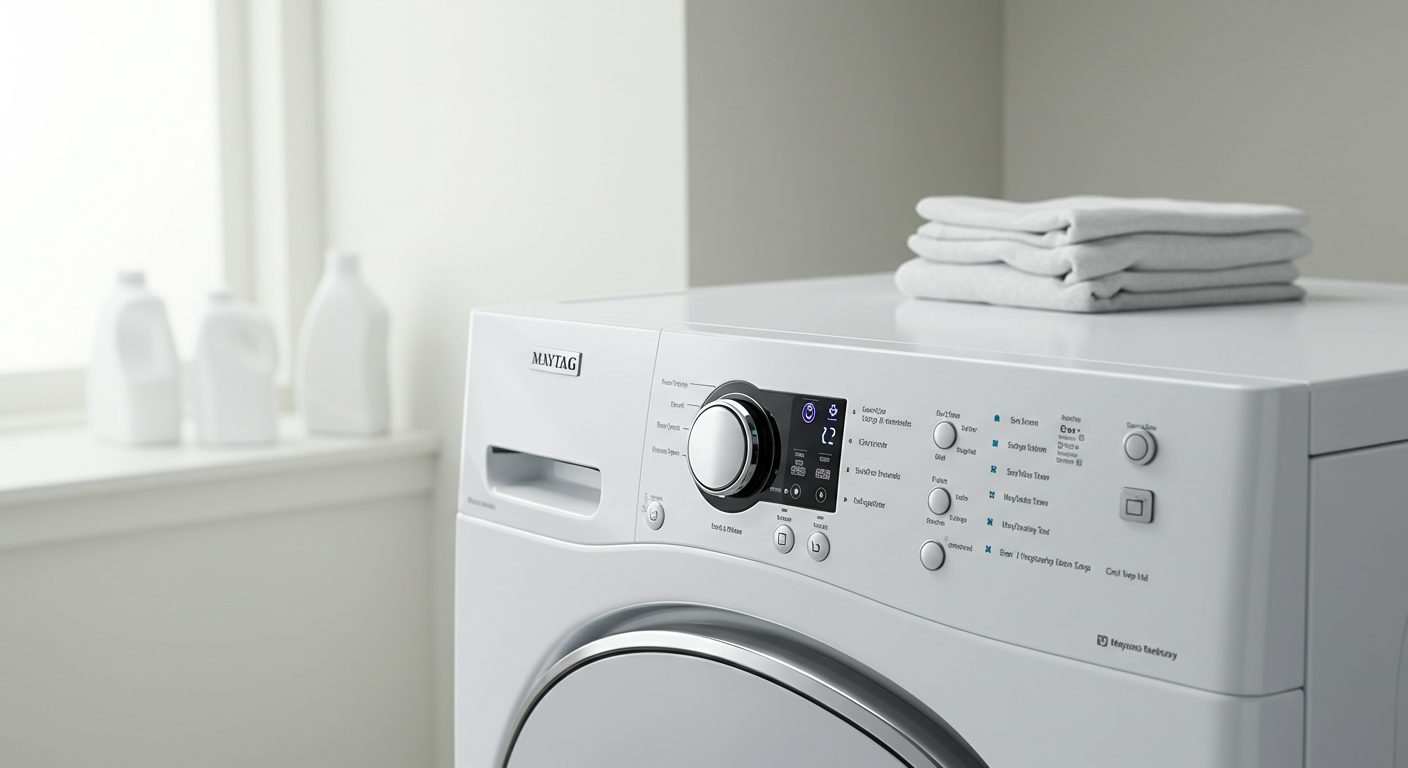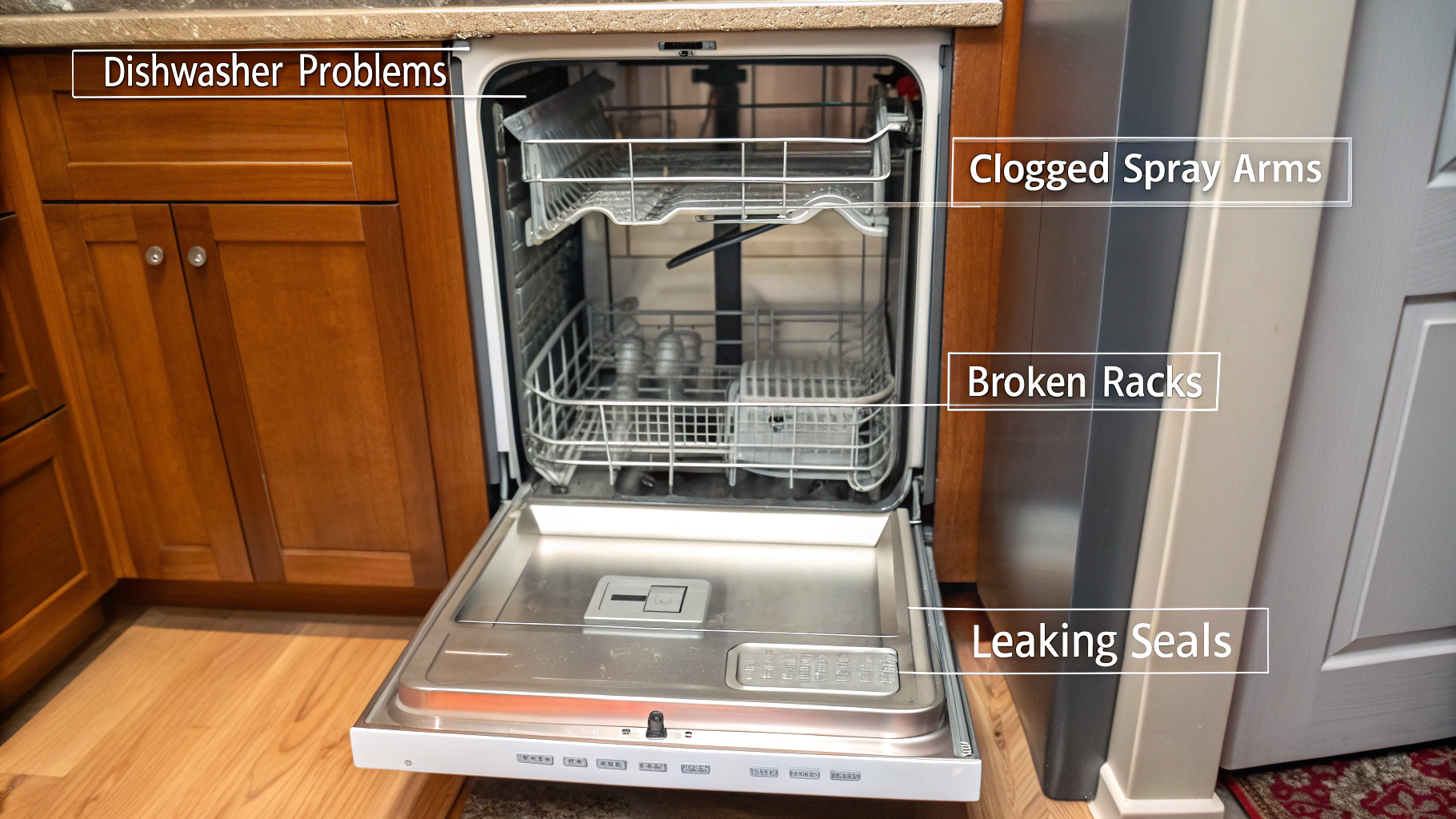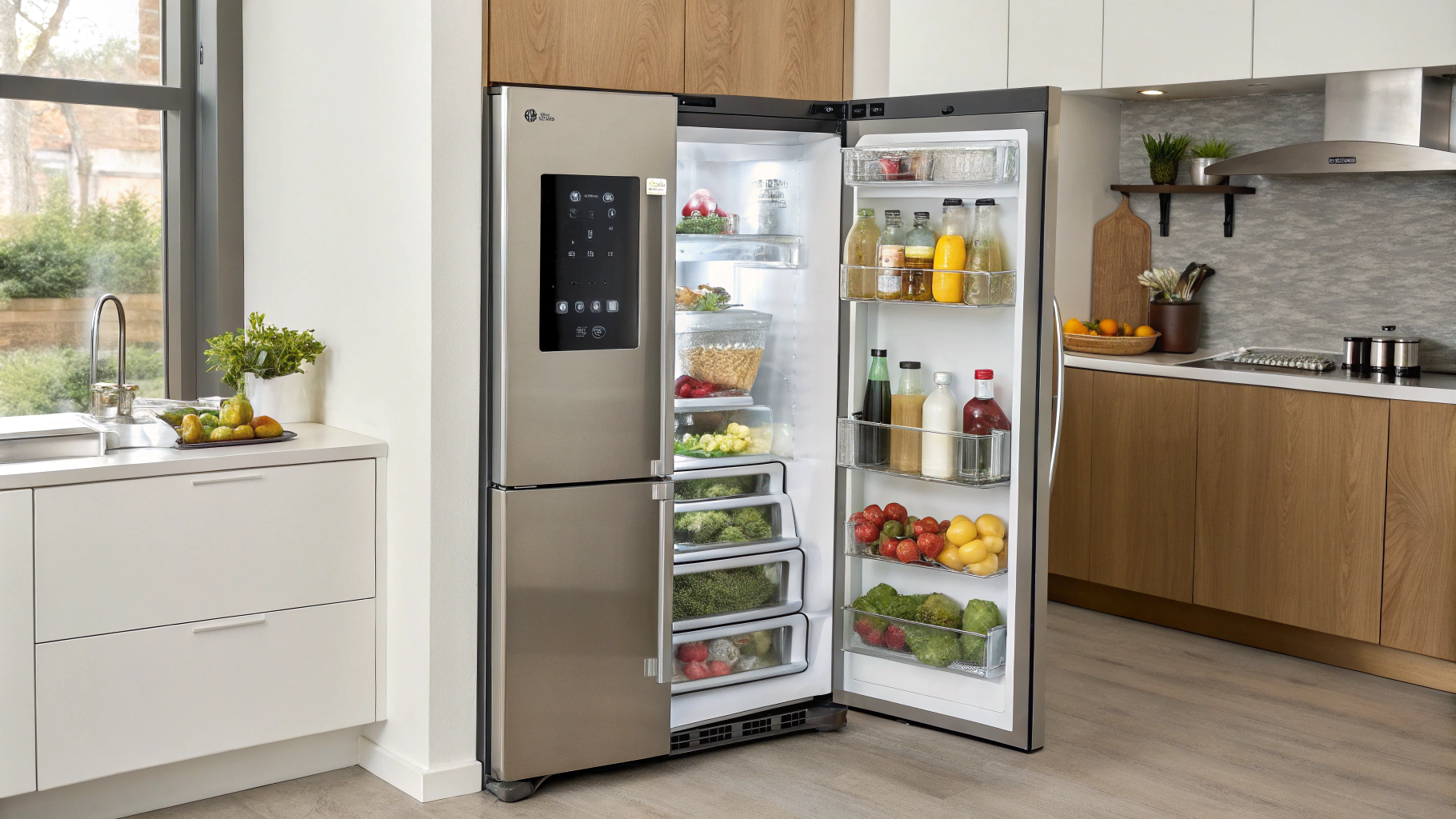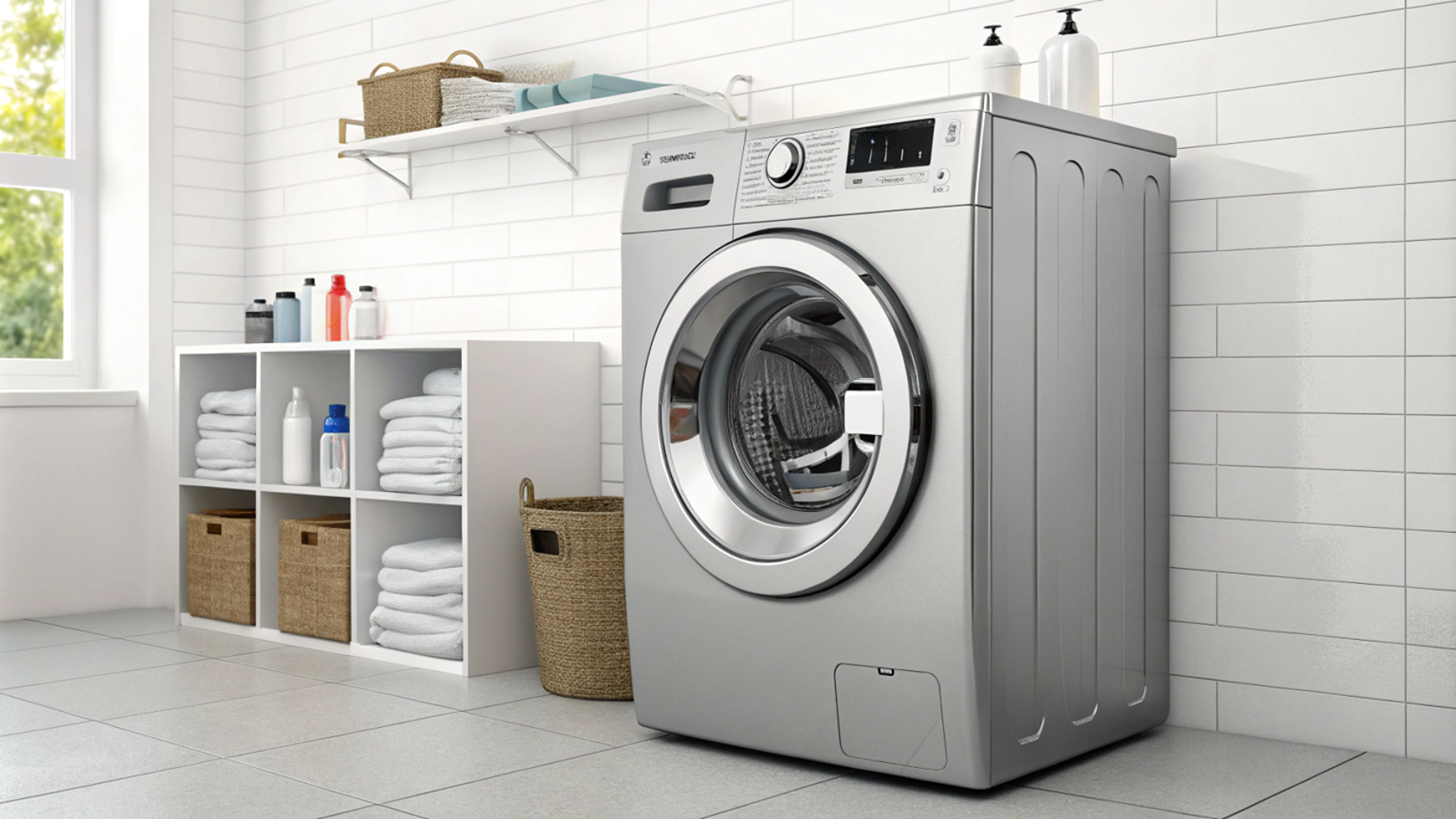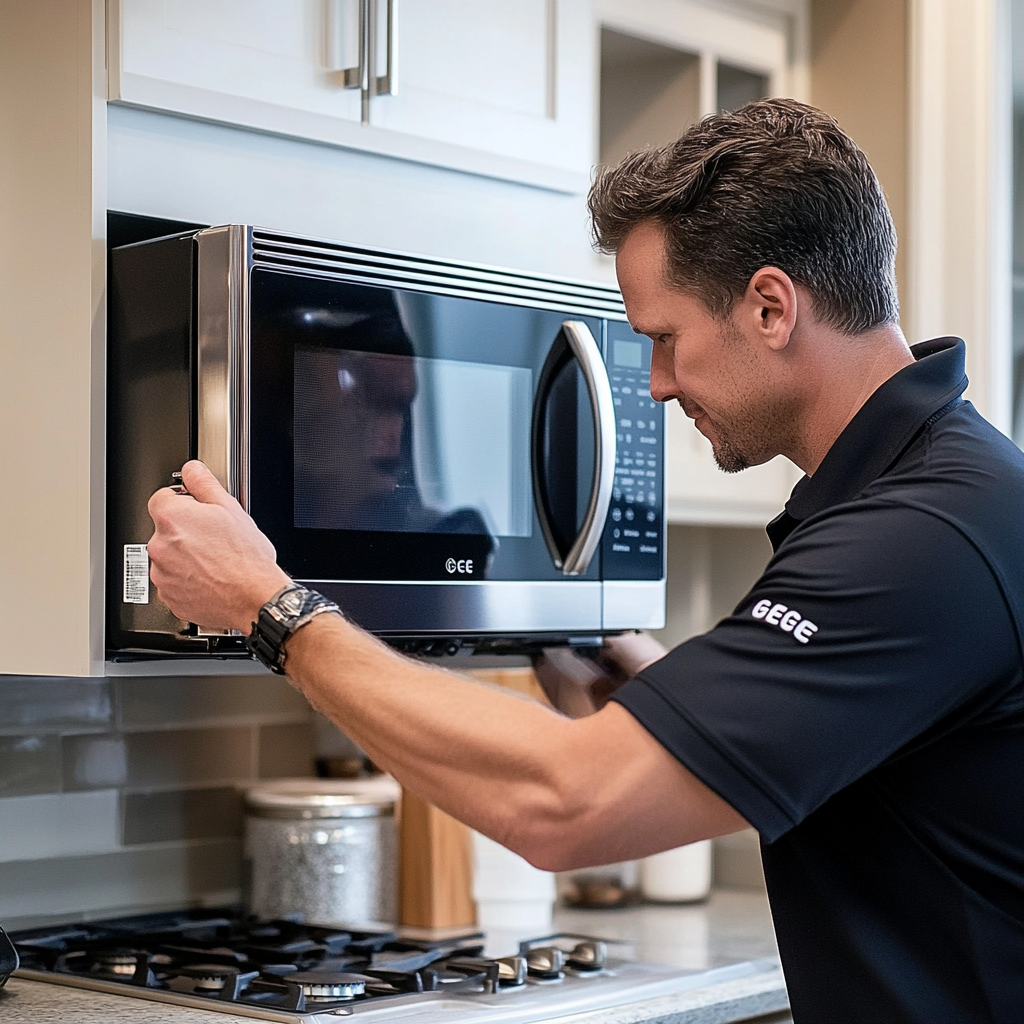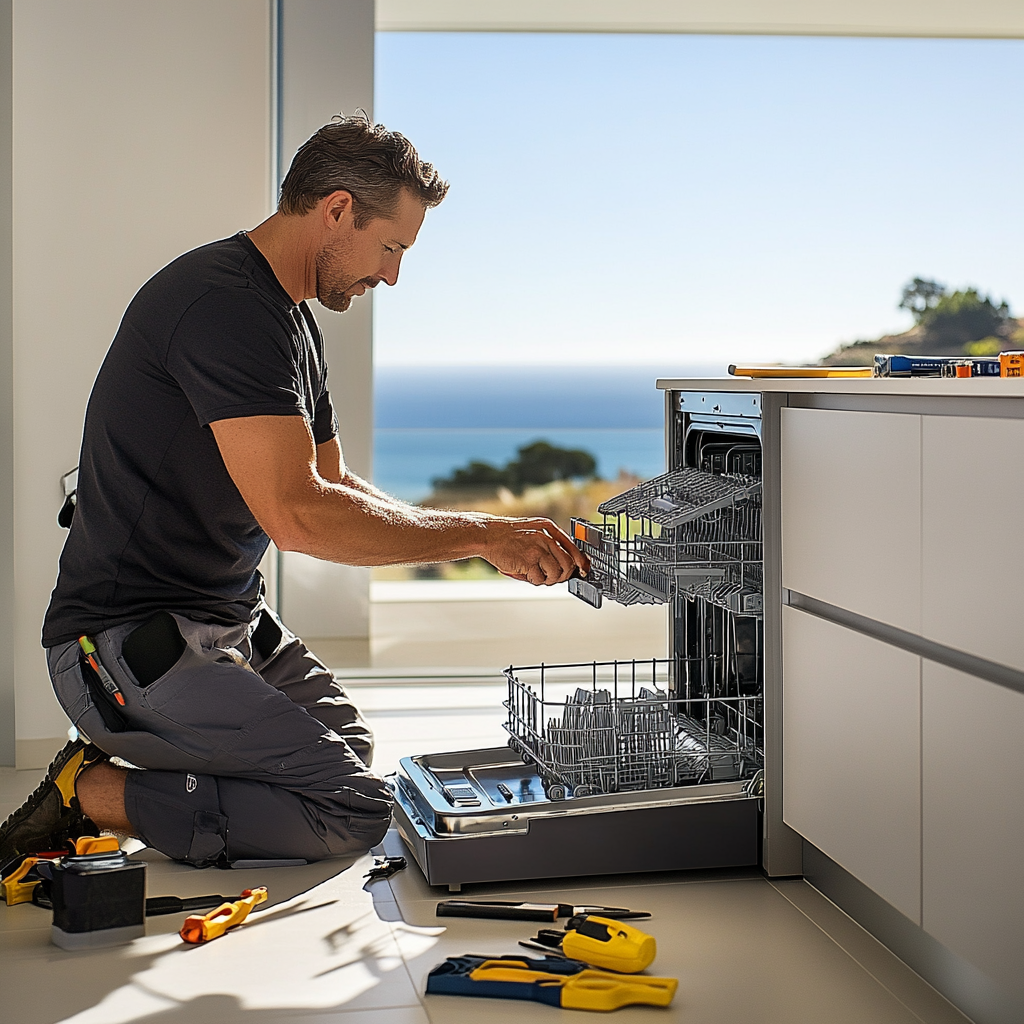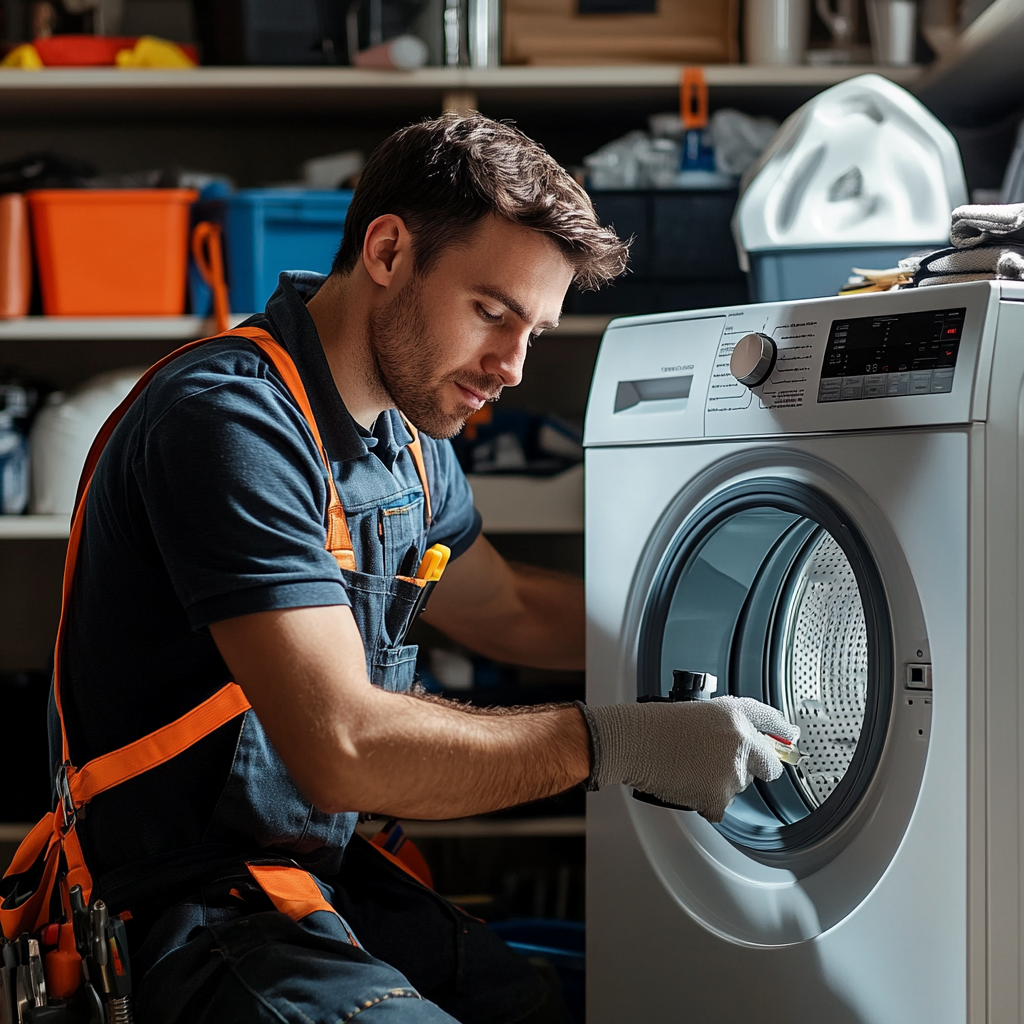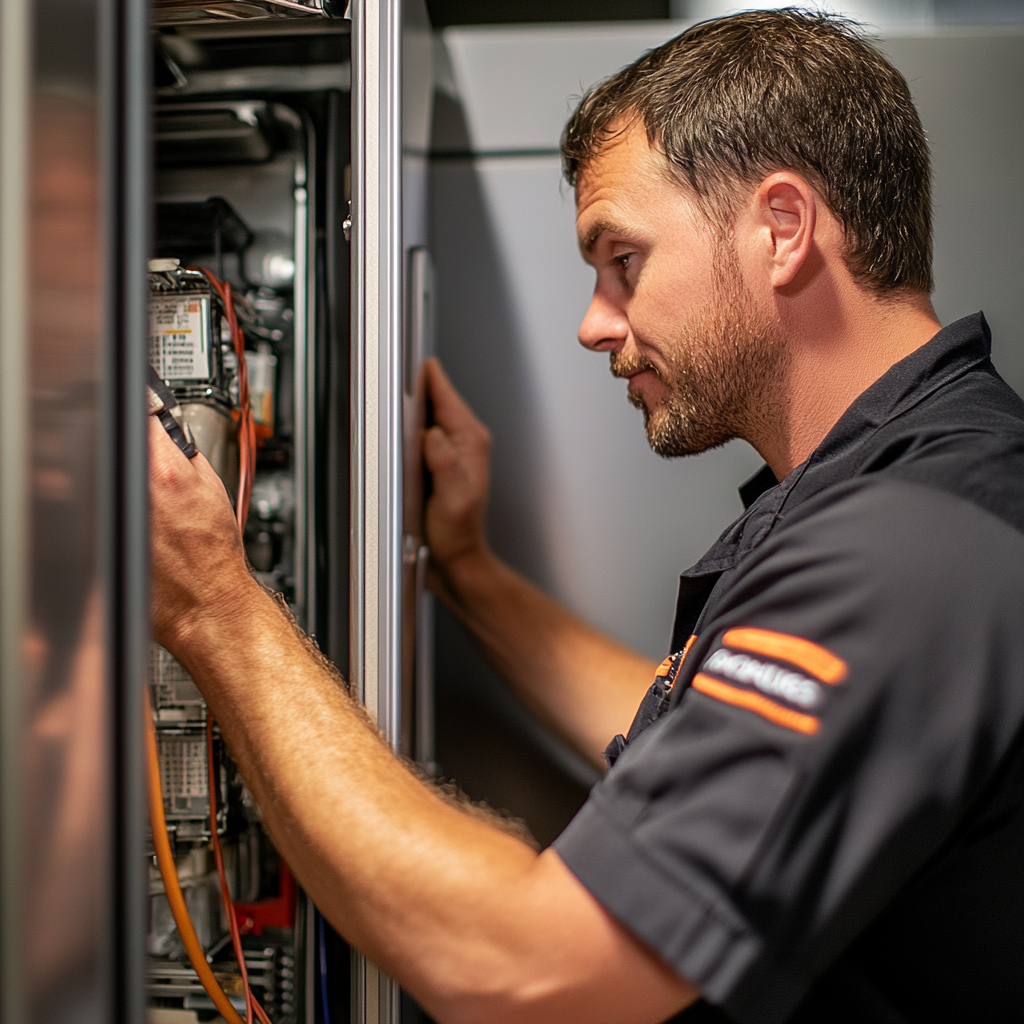Why Is Your Washing Machine Not Draining Water?
A washing machine that won’t drain water is one of the most common household issues. This problem can be frustrating, especially when you’re left with soaked laundry that’s stuck inside. There are several reasons for this issue, ranging from minor clogs to mechanical failures. In this comprehensive guide, we’ll walk you through the possible causes and provide step-by-step instructions to help you resolve the issue.
Common Reasons Why a Washing Machine Fails to Drain
- Clogged Drain Hose
One of the most frequent causes of drainage problems is a clogged drain hose. Over time, debris such as lint, small clothing fibers, or even pet hair can accumulate in the hose, creating a blockage. Additionally, kinks or bends in the hose can restrict water flow.- Example: If you notice water pooling in the drum after a wash cycle, inspect the hose for any visible obstructions or pinching.
- Blocked Drain Pump Filter
The drain pump filter is designed to catch small objects that accidentally end up in the washer, such as coins, buttons, or hairpins. If the filter is clogged, the water cannot flow out effectively.- Tip: Check your washer’s user manual to locate the drain pump filter. Regular cleaning can prevent recurring issues.
- Faulty Drain Pump
The drain pump is the component responsible for pushing water out of the washing machine. If the pump motor fails, water will remain in the drum.- Sign of Failure: You may hear unusual noises, such as grinding or buzzing, when the machine attempts to drain. If the pump is silent, it could indicate a complete failure.
- Kinked Drain Hose
A poorly positioned drain hose can easily cause drainage problems. Ensure the hose is straight and not pressed against the wall or other surfaces.- Pro Tip: Keep the drain hose elevated according to the manufacturer’s recommendations to avoid backflow.
- Malfunctioning Control Board
In rare cases, the problem may lie with the washer’s control board. If the electronic signals that manage the drain pump aren’t working correctly, the machine won’t be able to drain.- Solution: If you suspect a control board issue, it’s best to call a professional technician for diagnostics and repair.
How to Fix a Washing Machine That Won’t Drain?
If your washer is not draining, follow these DIY troubleshooting steps before contacting a repair service:
Step 1: Unplug the Washing Machine
Safety comes first! Always disconnect the machine from the power source before inspecting or repairing it.
Step 2: Check and Clean the Drain Hose
Remove the drain hose from the back of the machine and inspect it for clogs or blockages. Use a long brush or a plumber’s snake to clean the interior. Rinse the hose thoroughly before reattaching it.
- Warning: Ensure the hose is properly secured to prevent leaks during future wash cycles.
Step 3: Open and Clean the Drain Pump Filter
Locate the drain pump filter, usually found at the front of the washer behind a small access panel. Prepare a shallow container or towel to catch any water that spills out when you open the filter. Remove debris and clean the filter thoroughly.
- Tip: Clean the filter every few months as part of routine maintenance to prevent future issues.
Step 4: Inspect the Drain Pump
Run a quick drain cycle and listen for any sounds from the pump. If it’s not functioning or making strange noises, it may need to be replaced. Consult your user manual or a professional for guidance.
Step 5: Check the Washer’s Level
An uneven washing machine can interfere with proper drainage. Use a spirit level to check the machine’s position and adjust the feet as needed.
Step 6: Test the Machine
After performing these steps, run a short wash cycle to see if the issue is resolved. If the water still doesn’t drain, it may be time to call a technician.
Preventive Measures to Avoid Future Drainage Problems
- Clean the Filter Regularly: Make it a habit to clean the drain pump filter every 2–3 months.
- Avoid Overloading the Machine: Overloading puts extra stress on the drain pump and can lead to clogs.
- Inspect Pockets Before Washing: Always check your clothes for loose items like coins, keys, or tissues, which can block the filter or pump.
- Use the Right Detergent: Excessive detergent can cause soap residue to build up in the hoses and pump. Use high-efficiency detergent for best results.
When Should You Call a Professional?
Sometimes, DIY fixes may not be enough to resolve the issue. Here’s when you should seek professional help:
- Persistent Drainage Issues: If you’ve tried all the troubleshooting steps and the washer still won’t drain, the problem might be more complex.
- Pump or Control Board Failure: Replacing a drain pump or control board requires specialized tools and expertise.
- Water Leaks: If you notice water leaking from the machine during troubleshooting, stop immediately and contact a technician.
Our certified technicians are experienced in repairing washing machines of all major brands. Call Optimus Appliance Repair today at +1 858-225-1715 for fast and reliable service.
